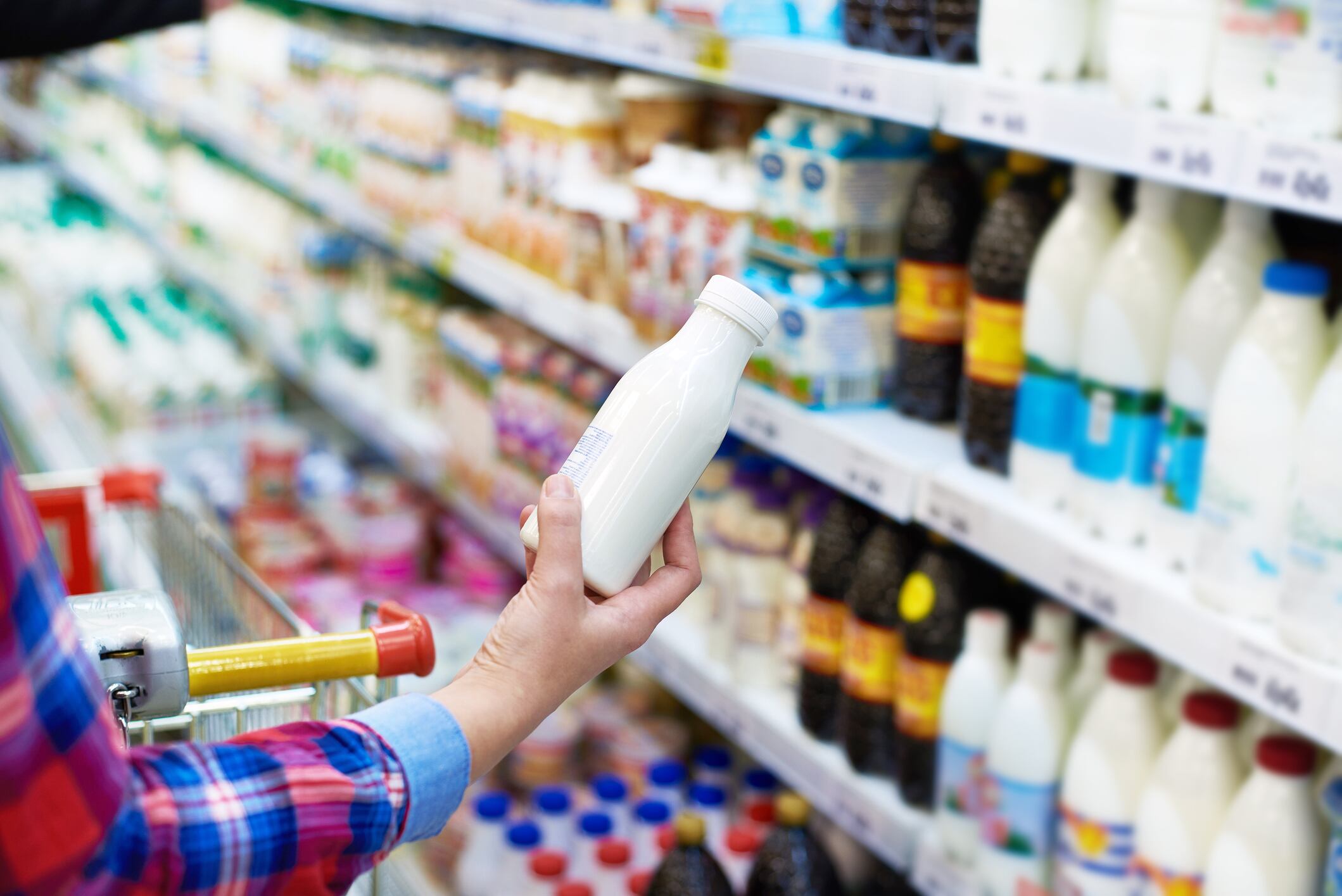A soluble fiber present in numerous fruits and vegetables, inulin, can be found in many household foods and nutritional staples, including bananas, onions, wheat and chicory root.
Inulin is formed from a chain of fructose molecules that are linked in a composition that prevents their digestion by the small intestine. Due to the way they are connected, these molecules travel to the lower gut, where they act as a prebiotic. Prebiotic fibers are dietary supplements that are the non-digestible part of foods.
Lack of prebiotic labeling
Despite the prevalence of prebiotics in daily nutrition, a limited number of brands and marketers state the term ‘prebiotic’ on their packaging and labeling, New Nutrition Business emphasizes.
Confusion around the difference between prebiotic and probiotic exists. As a result, the term is lacking on packaging and in promotions as consumers do not know what they are and what they refer to, according to New Nutrition Business.
Rather than citing the word, ‘prebiotics’, brands may refer to the specific source of the prebiotic ingredients, to relate and appeal to consumer awareness through highlighting the natural origin of the fiber.
Positive trends influencing inulin uptake
Releasing its new report on the 10 Key Trends in Food, Nutrition and Health 2020, New Nutrition Business emphasizes that digestive wellness, sugar and protein are leading consumer trends pushing the industry forward as we head into 2020.
Increasingly, consumers are after less sugar, more protein and food products that support digestive wellness, food and beverage consultant Julian Mellentin, reveals. As a prebiotic fiber, inulin appeals to all of these, and so, is set to ramp up in popularity.
“The confluence of the protein, low-sugar and digestive wellness trends is causing inulin to power ahead,” said Julian Mellentin, food and beverage consultant with New Nutrition Business.
Inulin in Latin America
“It’s Day 1 for inulin in LATAM, which is why it’s an opportunity for growth,” Mellentin emphasized.
In Latin America, there are a number of early adopters tapping into this trend:
- Piracanjuba provides fiber milk with added inulin
- Verde Campo flags up inulin (from chicory, which is said to be “a herb from Europe and Asia that is the source of vitamins A, B6 and C”) as one of the key ingredients in its children’s chocolate milk
- 3arroyos is an Argentinian cereal brand, which highlights the inclusion of inulin as an ingredient in some of its snack bars.
The power of protein

“For a growing number of consumers, protein is the nutrient that can do no wrong’,” enthused Mellentin. “There is no sign that demand for any type of protein is going to run out of steam, even in the western world. And in large part that’s because for consumers, it’s an easy choice.”
Protein is “easy to understand”, and unlike both fat and carbohydrates, it has enjoyed positive labeling and has never been labeled as ‘bad’ food, but rather an everyday part of a healthy diet. “And it has a halo of naturalness and health.”
The combination of a steady stream of media attention, fueled by positive science about protein and its benefits – along with the popularity of diets that are higher in protein and lower in carbohydrates – has made consuming protein more of a priority for many consumers.
Also, protein’s association with “maintaining a healthy weight and body connects protein with one of consumers’ most powerful desires – to look good”. In attaining a healthier body shape, less sugar plays a major role as consumers want to consume less, and “has now taken over from fat as ‘the devil in the diet’”, Mellentin relayed.
Digestive wellness
“Digestive wellness is the biggest consumer concern and has been for almost 20 years,” stated Mellentin.
The World Health Organisation states that around a third of us will have some form of digestive discomfort in our lifetimes.
“Inulin’s prebiotic capability means it supports digestive wellness and can appear on a product label as a source of fiber,” relayed Mellentin.
“For product developers, this is an attractive benefit beyond its use as a sugar replacer, because they can use it to lower sugar and offer the benefit of fiber, which is one that’s easy for consumers to understand. Inulin hits two major consumer interests – there are very few ingredients that have such an advantage,” confirmed Mellentin.
Brand positioning: Key segments to look out for
It is largely down to its sugar replacement properties that inulin is seeing such appeal, Mellentin added: “Inulin has become a success as a natural sugar replacer, used in an ever-growing number of products, and its presence means that companies can also flag up the enhanced fiber content on the label.”
More and more consumers are wanting less sugar in their diets coupled with increased amounts of protein. Products and brands that can offer both simultaneously are set to score highly in the potentially soon-to-be competitive marketplace.
Ice cream brands, such as Halo Top, and the dessert segment are popular areas to use inulin, as “protein is now a ‘permission to indulge’ ingredient,” Mellentin explained.
The permission to indulge trend, along with its appealing taste, enabled Halo Top to grow from zero to over $320 million in sales by 2018.
“Inulin scores highly in helping companies create products like this since it is a natural sugar replacer and it is increasingly widely used in higher-protein/lower-sugar dairy, ice cream snack bars and others,” added Mellentin.
Proven popularity
The less sugar, more protein and digestive wellness benefits of inulin have caused demand to “surge”, Mellentin relayed. Between 2012 and 2019, the total number of products launched with inulin doubled.
Looking at the 2020 trend landscape and nutrition environment, Mellentin commented on how big of an opportunity inulin will present: “For companies who choose to use inulin in their brands for digestive benefits, a big plus is that it delivers a ‘feel-the benefit’ effect – one of the most compelling reasons for someone to keep buying a product and one of the biggest marketing advantages you can have.”
Due to inulin’s connection to the major consumer needs: “We will see steady growth in the number of products on the market featuring inulin, in bakery and cereals, snacks and dairy”.




